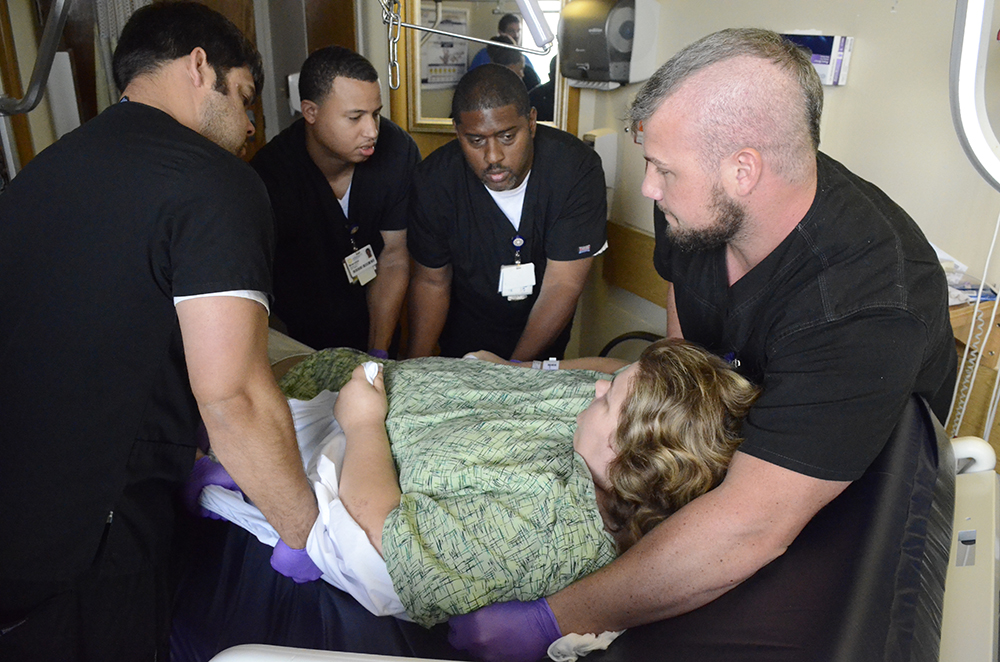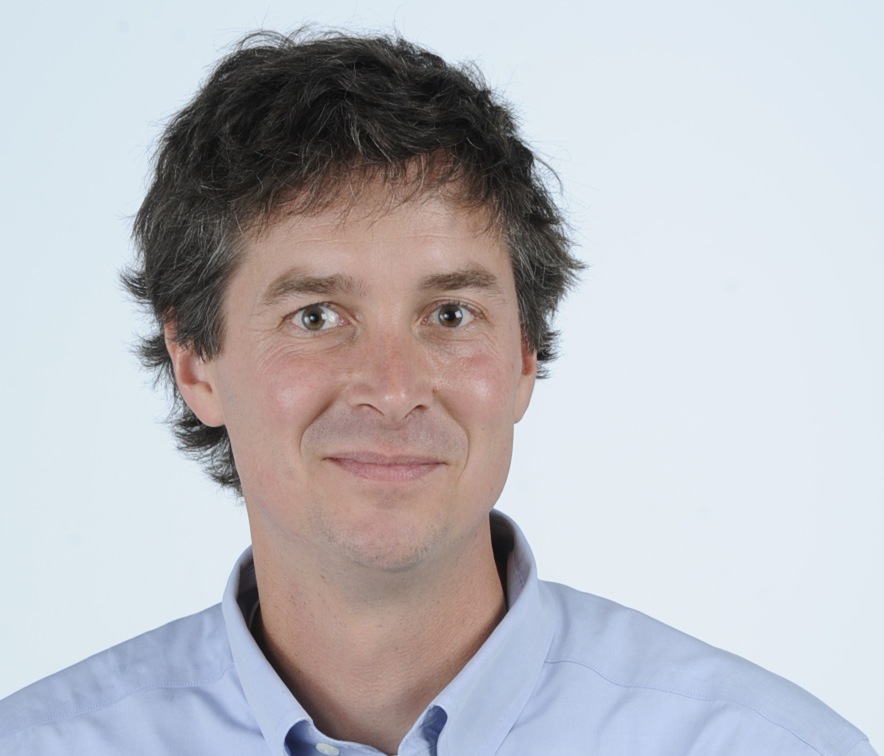Pretend you're a nurse at Erlanger.
A teeny-tiny, size 2 nurse. The heart of Florence, but the body of a nightingale.
And your patient weighs 450 pounds. And you need him to get from his hospital bed to the chair.
How do you move him?
Or say there's a 6'8" man who's broken one leg, fractured two arms and cracked his neck. Guy weighs 300. And he's detoxing, which makes him full of spit and vinegar, ready to fight?
How do you get him from the bed to his wheelchair?
Or imagine a frail woman with bone cancer, whose every everything hurts. Or a man with a double-knee replacement. Or an obese man who's also blind. And afraid.
How do you move them to the bathroom?
Answer: it's easy. You just pick up the phone and call the Lift Team.
"If we weren't there, it would take three or four nurses to do what one of us can," said Colton Duncan.
Duncan is one of seven members of Erlanger's Lift Team: a group of specialized employees (read: really strong) able to move patients -- oversized, broken, combative -- who nurses ordinarily would not.
"It's a life saver for the nursing staff," said Susan Holland, nurse manager.
Lift Team members work full time, sometimes long hours, moving up to 50 patients a day. They wear black scrubs. Sometimes, they lift weights during lunch.
"I could curl 185 in my prime," said Alonzo Blackwell.
They don't just Hulk Hogan their way into hospital rooms, bumping their biceps and triceps into IV poles and blip-blip-blip machines. They are gentle, soothing, maternal. They sing church hymns. They hug patients, and gently tuck their feet in under the covers.
"We baptized a woman once," said Justin Barrows, who, by the way, can squat 400.
Nervous about an upcoming surgery, the woman, too injured to move on her own, wanted some spiritual medicine: full immersion baptism.
"They brought in a plastic pool to her room," he said. "We got on each side and lifted her. The preacher dunked her head and we pulled her back up."
Once, they encountered a semi-violent patient -- "I got choked," Blackwell said -- who was suffering withdrawals from drugs. The Lift Team acted more like The Nun Team. They prayed and sang; one of them put his head on the patient's shoulder, calming him.
"Bedside manner," said Duncan. (Benches 475. Squats close to 600).
For Erlanger, it's all part of 21st-century health care.
"They're not lifting a sack of potatoes," said Dr. Paul Apyan. "They're lifting your grandmother."
Ten years ago, Apyan-- an orthopedic surgeon who's also the director of inpatient rehab -- noticed two emerging trends: an increase in obese patients, and an increase in nurse injuries.
Nurses were getting hurt trying to lift patients they had no business lifting. And hurt nurses aren't happy. And can't work.
"Nurses are a really valuable commodity," he said.
So Apyan created the Lift Team.
"It has cut down on worker's comp to nurses dramatically," Apyan said.
He's got clear rules. Lift Team'ers must have good personal hygiene; no heavy cologne or excess jewelry that would dangle or stink when members get down close to patients as they move them.
They must be neatly dressed and good communicators: speaking to patients in clear and respectful ways. It reflects Apyan's philosophy toward patients, especially oversized ones.
"We take that fear out," he said.
Patients, who may have been dropped before at other hospitals, are scared. Intuitively, they realize a nurse -- even four of them -- can't do the job of moving them. So when the Lift Team arrives, the patient relaxes, which helps healing and gives that sweet exhale.
"Relief," Apyan said. "They're laughing. They know they're safe. They know they're secure."
Earlier this spring, Monica O'Connell was driving in Murphy, N.C., when a car slammed into her, head-on. She was Life Forced to Erlanger, where surgeons worked to repair her broken pelvis. She still can't use her legs.
Part of her early therapy is to move from the hospital bed to her chair, where she sits upright for an hour or so.
Several days ago, she got a visit from the Lift Team. Slowly, carefully, they wrapped her up like a half-cocoon in her hospital sheet, eight thick and sturdy arms underneath her hurting body.
"You ready?" they said. "One, two, three."
Seconds later, O'Connell is sitting in her hospital chair. They pat her back; Blackwell poses for a picture with her. They pull up her socks.
"So your foot's not on that cold floor," said Duncan.
She smiles, a mix of relief and gratitude. No pain.
"They mean the world to me," she said.
Especially since they're strong enough to lift your corner of it.
Contact David Cook at dcook@timesfreepress.com or 423-757-6329. Follow him on Facebook and Twitter at DavidCookTFP.


